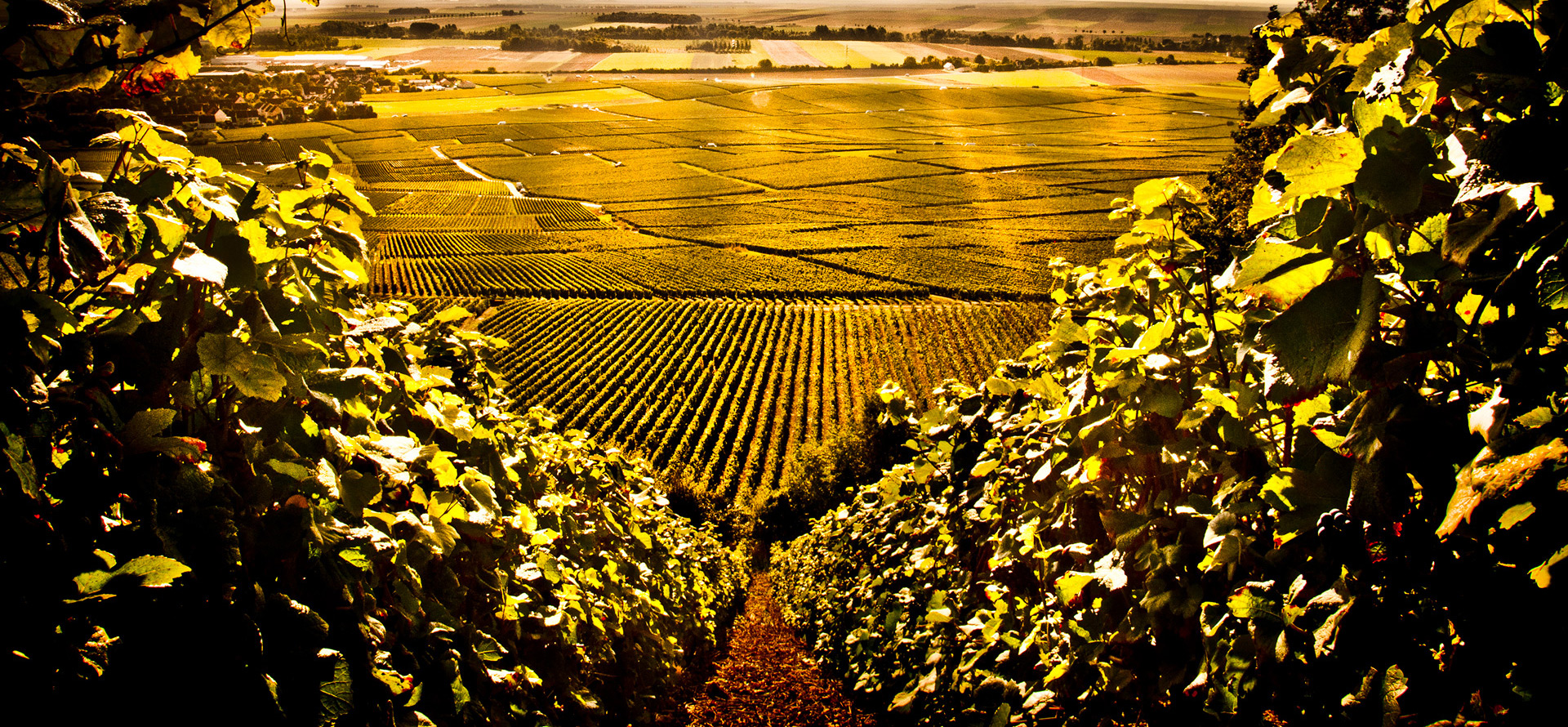If you have a sweet spot for champagne, sooner or later you want to visit the region to explore the land and the kilometres of champagne-filled cellars zigzagging underneath the ground. I find that a wine taste best at its origin – not to mention if you get to share it with the maker. Here are some tips for planning a trip to Champagne.
When to visit?
I visit Champagne several times a year and each season has its own charm to me, but the harvesting weeks are still my favourite period to tour with region. The vineyards are crowded with workers picking the precious grapes. The winemakers and vigneron work around the clock, following the harvesting, since the few autumn weeks dictate the outcome of the entire year.
February and March are the key visiting months work wise for me, because then I get to taste the vin clairs, the non-sparkling base wines of the new vintage. The cellar masters craft the wines of each vintage within a couple of months’ period, when the base wines and various blends are tasted on a daily basis. If you wish to learn about Champagne’s regional differences or the impact of various winemaking techniques on the base wine, you should time your visit to this season. In terms of weather, it is not as inviting a time to visit – the cellars often feel more comfortable than the outdoors!
In April, spring arrives in Champagne, the vines begin to grow and the scenery turns green again. The entire summer until the end of July is a good time to visit to see the daily growth of the vines and the grapes. In August Champagne goes on a well-deserved holiday, preparing for the harvest, so it is not a good time for a visit. Another quieter period is from mid-December to the end of January, when many big champagne houses close their doors. When planning a trip, it is advisable also to check out possible national holidays, because France has feasts and days off almost every month, which upset the rhythm.
What else is there?
Champagne is naturally the region’s key tourist attraction and main industry – a resource keeping the wheels of economy rolling. But there is more to experience in Champagne than its divine drink. Many Roman ruins, such as Porte Mars in the heart of Reims, tell about the long history of the region. The most visited monuments are still the underground Gallic Roman crayères, where millions of champagne bottles are now stored.
Churches and the majestic Notre-Dame de Reims cathedral in particular testify to the golden era of Reims in the past; a time when French kings were crowned in the city and the celebrations continued in the neighboring Palais de Tau. You don’t even have to enter the cathedral to enjoy it. The landmark is equally impressive from the outside. Both World Wars had a significant impact on the region, so there are many museums and monuments dedicated to them. World War I destroyed much of the old glory of Reims, whereas Châlons-en-Champagne and Troyès were saved and have much to offer to friends of architecture and history. In the end of World War II Germany surrendered to the Allied forces in Reims on 7 March 1945. For those interested in war history, Salle de Reddition, which celebrates the event, is a must.
Gastro tourism
Despite its appetizing name, for some reason Champagne does not have as strong a gastronomic tradition as many other regions in France. But thanks to champagne tourism and the champagne houses’ promotional events, the region has a surprising number of top restaurants in comparison to its population. There is only one restaurant with three Michelin stars and a second one with two, but one-star places are more numerous.
Since the region’s own food culture is not dominant, the restaurants serve many both national and local classics. As one might guess, the main emphasis is on ingredients particularly suited for champagne. A weekend can be launched by oysters and champagne at the Reims Saturday market. Friends of scallops and lobster will be happy here too. Many also cherish duck liver and champagne, the perfect combination widely served in the region.
I like the way it is natural to drink champagne throughout the meal in the region. The local sommeliers don’t really need a corkscrew here! Sometimes the champagne houses serve a red Bordeaux with meat, but I would rather stick to champagne when visiting the area. After all, a wine tastes best at its origin and the champagne houses should not play down the drink’s superb gastronomic qualities.
